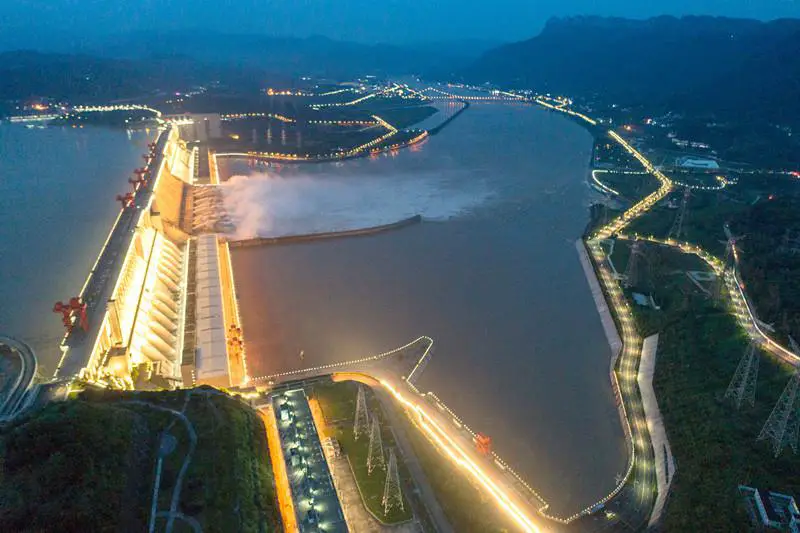10.Wärtsilä-Sulzer RTA96-C
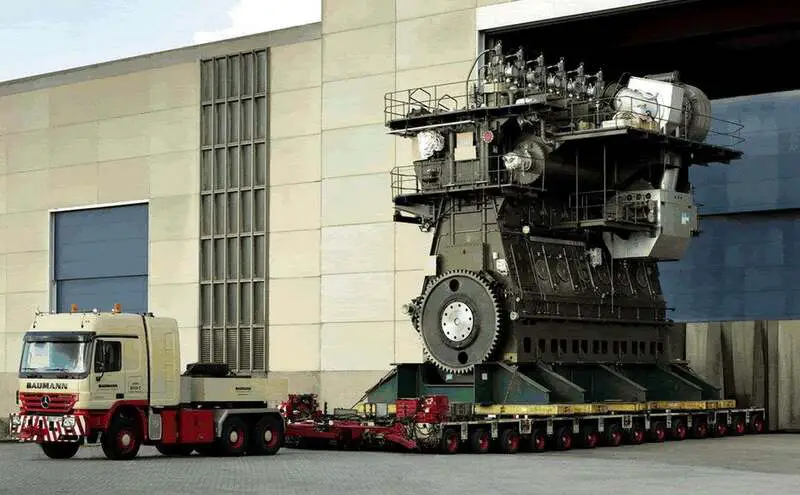
Compared to this behemoth, Bugatti Veyrons’ engine is nothing more than a small go-kart engine.
The Wärtsilä-Sulzer RTA96-C is the largest engine in the world (and certainly the most powerful engine).
How large exactly?
The engine is made up of 14 cylinders with a displacement of 111,143 cubic inches (1,820 liters) and capable of producing 7,780 horsepower per engine.
In total, the engine’s displacement is around 25,480 liters (an average car’s capacity is around 1 to 2 litres).
It’s really scary to think that this engine has a maximum power of 108,920 horsepower at 102 rpm and a peak torque of 5,608,312 lb/ft at 102 RPM.
If you think the numbers are breathtaking, try looking at the engine.
It rises 44 feet above the ground, measures 89 feet, a four-story residential building size if you try to make any comparisons – and weighs ridiculously 2,300 tonnes.
It rises 44 feet above the ground, measures 89 feet long – the size of a small building if you’re trying to draw any comparisons – and weighs a ridiculous 2,300 tons, with the engine’s crankshaft already accounting for 300 tons in weight.
9. Tsar Bomba
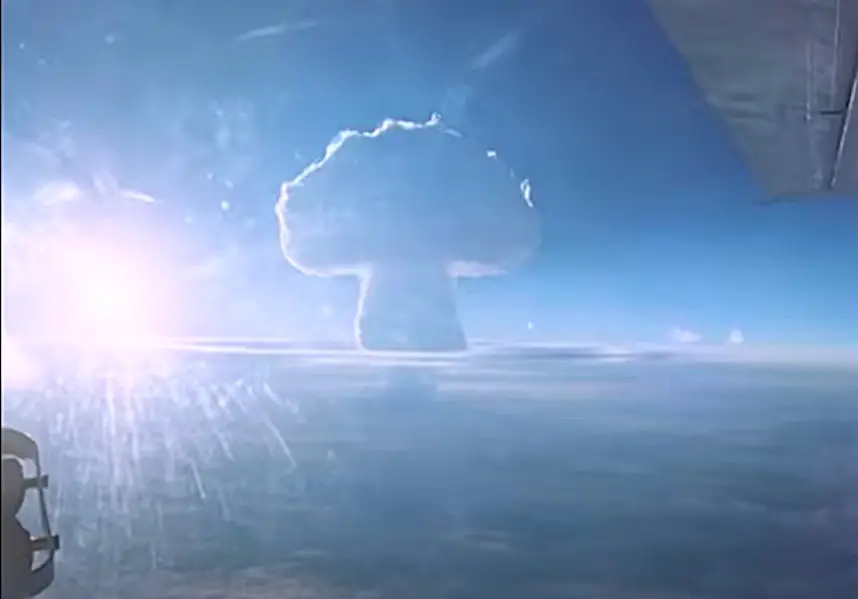
In 1961, Soviet Union tried so powerful a nuclear bomb that it was too large to be used in warfare. And it had very different kinds of far-reaching effects. It wasn’t a common nuclear bomb, Tsar Bomba. This was the result of a feverish U.S.S.R.’s attempt to develop the strongest nuclear weapons ever in existence, prompted by the wish of Premier Nikita Khrushchev to make the world tremble through Soviet technological power. It was much too big for the largest aircraft to fit into – it was a city destroyer, an ace like a weapon of last resort.
Why the bomb was not directly dropped?
For the two planes to survive, a giant parachute weighing almost one tonne was calculated to deploy Tsar Bomba no more than a 50% chance. The bomb slowly dropped from the bomber’s height to 13,000 feet (3,940 meters) and then was detonated. At that time, the two bombers would be around 50 km away. It was far enough to survive.
How big was the explosion?
A fireball of Five miles width was created by the bomb. From the force of its own shockwave, the fireball pulsed up. The flash can be seen from a distance of 1000 kilometers.
uThe bomb’s mushrooms cloud reached up to 64 kilometers (40 miles) high and its cap stretched outward to almost 100 km (63 miles) from end to end.
Its effects on surroundings
All the houses were completely destroyed in the village of Severny, about 55 km (34 miles) from Ground Zero. There has been reporting of damage of every kind in Soviet districts, such as collapsing houses, dropping roofs, door damage, windows shattering. For more than an hour, radio communication has been disturbed. Durovtsev’s Tupolev was fortunate to be able to survive; shock caused by the blast wave caused a giant bomb to plummet over 1000 m (3300ft).
8. Jeddah Flagpole

The Jeddah Flagpole is a flagpole in King Abdullah Square in Jeddah, Saudi Arabia.
It is the highest flagpole in the world since its erection in 2014 and is 171 meters (561 ft) high.
The Abdul Latif Jameel Community Initiative and Al-Babtain Power & Telecom built the 500-ton cylindrical flag pole in September 2014. A 182 meter boom crawler The Liebherr LR1750 crane operated by Gulf Haulage and heavy lift company was used to lift the flagpole sections.
7. San Alfonso del Mar

This saltwater pool is the very same crystal clear turquoise shade in the sea just past the world’s first-ever record in Guinness for the largest man-made lagoon.
The size of the pool is truly difficult to grasp, with more than a kilometer, almost 250 million liters of filtered seawater, covering an area of 20 acres, over 15 football fields.
6. Tokyo Skytree
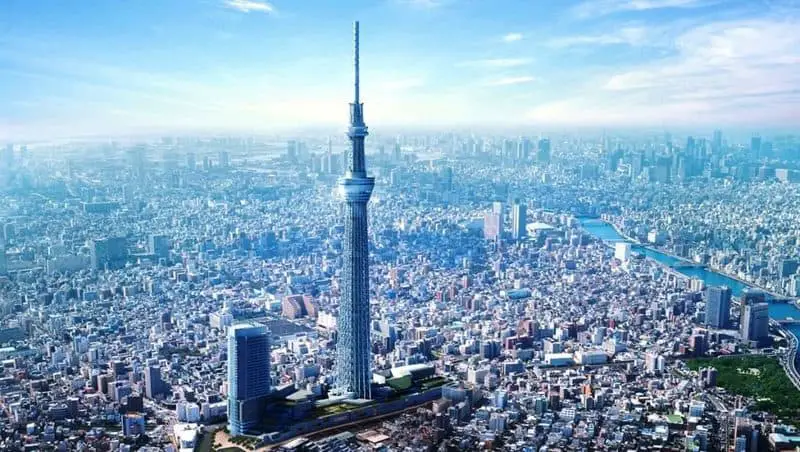
Tokyo Skytree is a broadcasting and observation tower in Sumida, Tokyo. In 2010, this was the highest structure in Japan and by marking 634 meters (2,080 ft) it became the world’s largest tower, ‘overtowering’ the Canton Tower, and of course, the tallest building in the world after the Burj Khalifa.
5. Large Hadron Collider
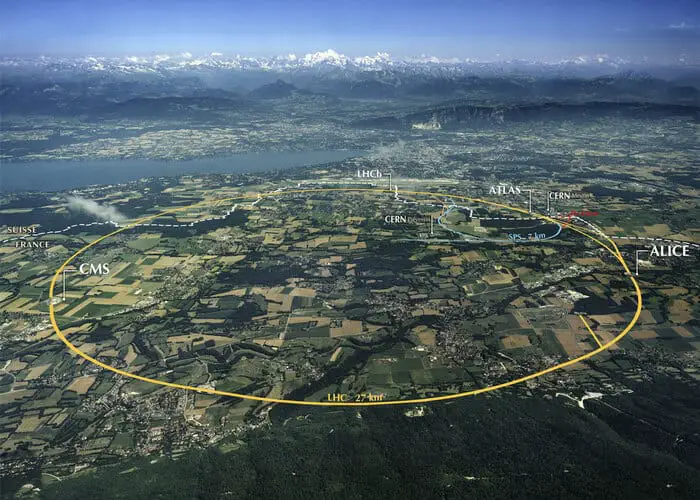
The Large Hadron Collider is the world’s largest and most energetic particle collider. It is located in a tunnel of 27 kilometers (17 mi) 175 meters (574 ft) deep, underneath the French-Swiss borders near Geneva.
In 2010, 3.5 Teraelectron Volt (TeV) per beam were the first collisions, roughly four times the previous world record. It reached 6.5 TeV per beam following upgrades (13 TeV total collision energy, the present world record).
4. Boeing Factory

Washington’s Boeing Everett Factory is the world’s largest building by volume. The Dreamliner 747, 767, 777, and 787 production lines are housed in the aircraft’s assembly plant and are hosting regular tours. The factory, built-in 1967 and covered more than 98.3 acres of floor space, has a volume of 472 million cubic feet. In a way, the whole Disneyland theme park could fit in with space. It is so massive as to have caused clouds just below the ceiling until the equipment was set up to keep the air circulating when warm air and moisture build-up inside it. On the south side of the factory there are six doors. The four on the West have a height of 82 feet and a width of 24.9 metres (91.44 meters). The two to the east are 2.49 metres high (82 feet) and 106.7 metres (350 feet) broad. Reese reports that the ceiling is high enough to fit an eight-story office building within the factory, which lies at 90 feet above the floor.
3. Overburden Conveyor Bridge F60
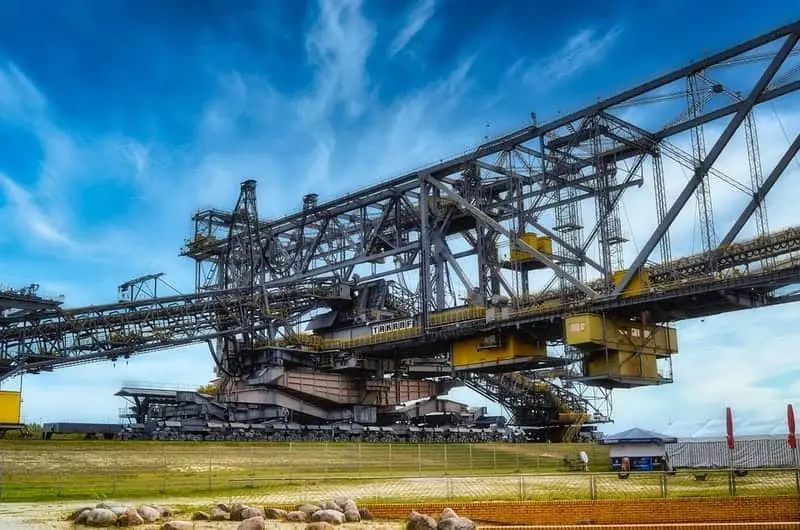
In the Lusatian coalfields in Germany, F60 is the five-overburden conveyor bridge used in the brown coal mining sector (lignite).
They are the world’s largest movable industrial machinery and were made by Volkseigener Betrieb TAKRAF in Lauchhammer. The cutting height is 60 m, which is why the name F60 is called.
The height of the cut is 60 m, hence the name F60. Overall, the F60 has a height of up to 80 m and a width of 240 m, and a length of 502 m (1 647 ft). It is described as the lying Eiffel Tower with a length of 502 m, making these giants not only the longest ever made, beat the longest ship Seawise Giant, but also the largest vehicle ever made by mankind. It is also known for its dimensions of physical dimensions.
2. Bertha
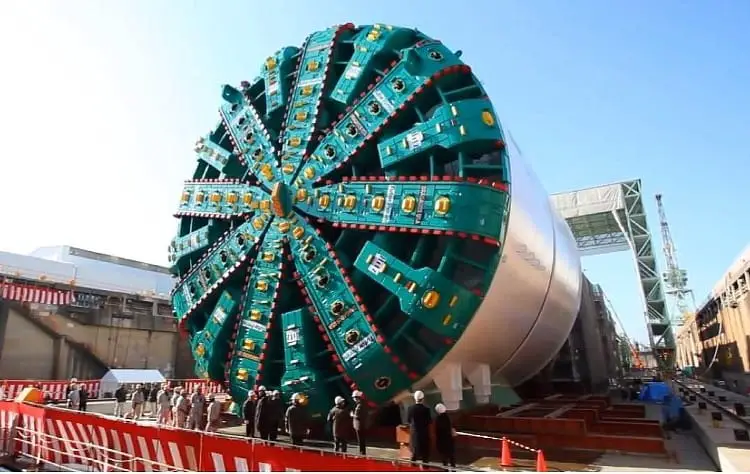
With a monstrous cutter head diameter of 57.5 feet (17.5 m) across, Bertha is the world’s largest earth pressure balance tunnel boring machine.
The machine weighed 6700 short tonnes and was 326 feet (99 m) long. This machine costs $80 million and belongs to the project contractor, Seattle Tunnel Partners.
1. Three Gorges Dam
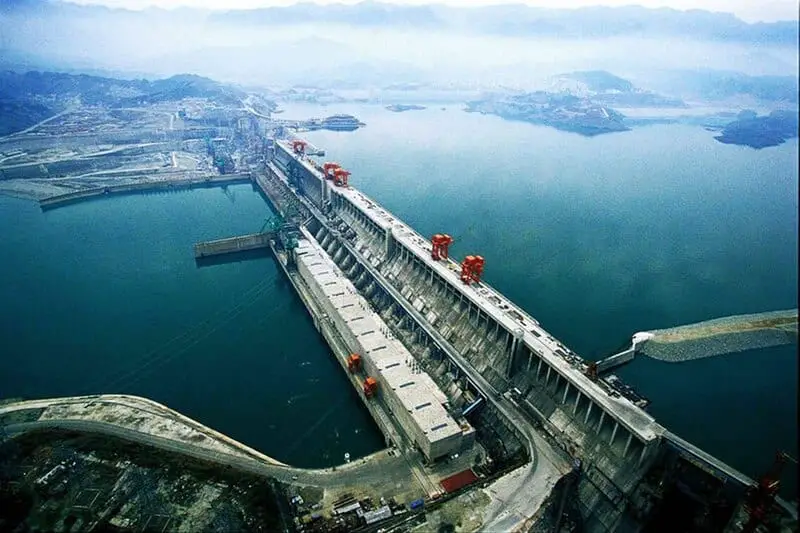
In 2012, the Three Gorges Dam in China took over the #1 spot of Brazil and Paraguay’s largest hydroelectric dam (in electricity production). The Three Gorges Dam produces 22,500 megawatts (MW), while the Itaipu Dam produces 14,000 MW. But, both dams produce around the same amount of electricity for a year because of seasonal variations in the availability of water in the Yangtze River.
The Three Gorges Dam is one of the planet’s largest and most ambitious projects.
No dam has become as controversial as the 3 Gorges Dam, a dam that is so large that the rotation of the earth has actually slowed down.
NASA scientists calculated that the shift of water mass in the dams would add 0.06 microseconds to the total Earth’s day making the planet slightly round near the equator than on the poles.
